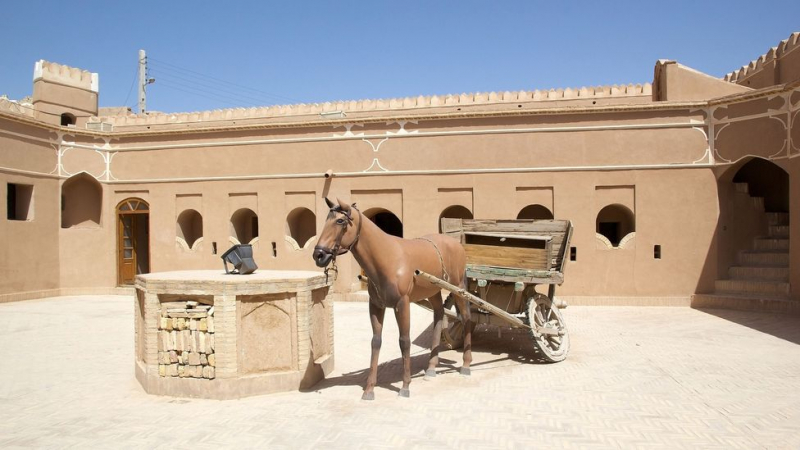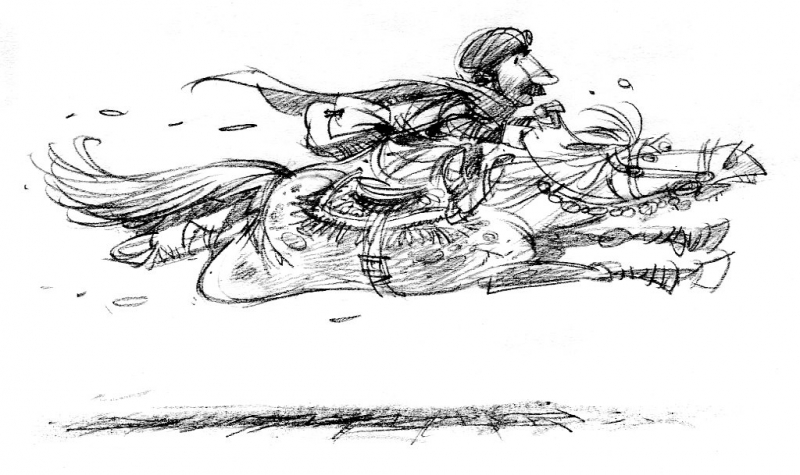Postal Service
There is solid proof that ancient Iran hosted the world's first regular postal system. Government dispatches made up the majority of the mail that was transported from one location to another by riders and horse-drawn wagons.
According to the Greek historian Herodotus, Cyrus the Great, the first King of the Achaemenid, established the regular postal service in ancient Iran in the sixth century BC. With men and horses standing by the side of the road at regular intervals throughout the daylong voyage and without stopping for anything—be it snow, rain, or heat—the postal service was efficient.
Horses that worked in a relay system powered the ancient Persian postal system, which sped up and improved the efficiency of travel. During that time, the post was a government service used to transport official correspondence across occasionally disturbed routes caused by war, insurrection, or just a lack of security.
A system of messengers known as Chapaar was employed by the service. A horse could travel without rest or nourishment since relay stations were close to one another and couriers carried the mail while mounted. Messengers halted at these relay locations, known as Chapaar-Khaneh post offices or post houses, to pass packets of mail to other messengers or switch horses.













